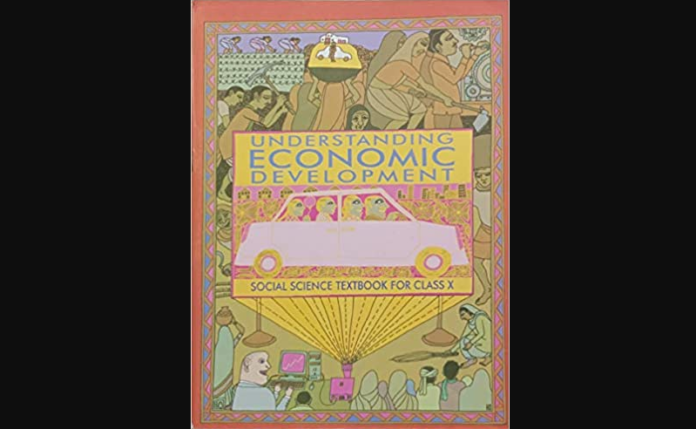Chapter 4 – Globalisation And The Indian Economy Questions and Answers: NCERT Solutions for Class 10 Social Science – Economics
Class 10 Social Science – Economics NCERT book solutions for Chapter 4 - Globalisation And The Indian Economy Questions and Answers.




